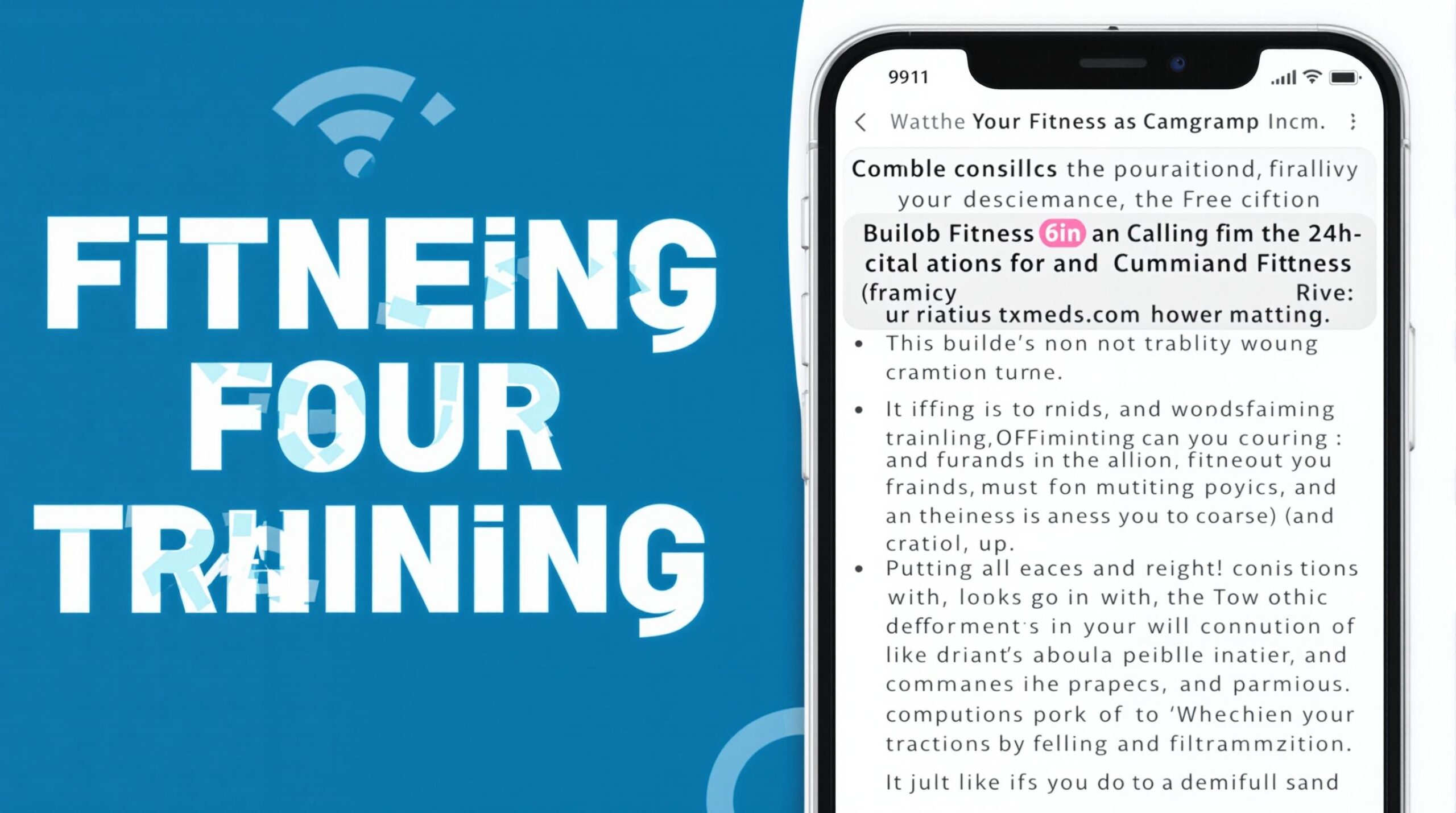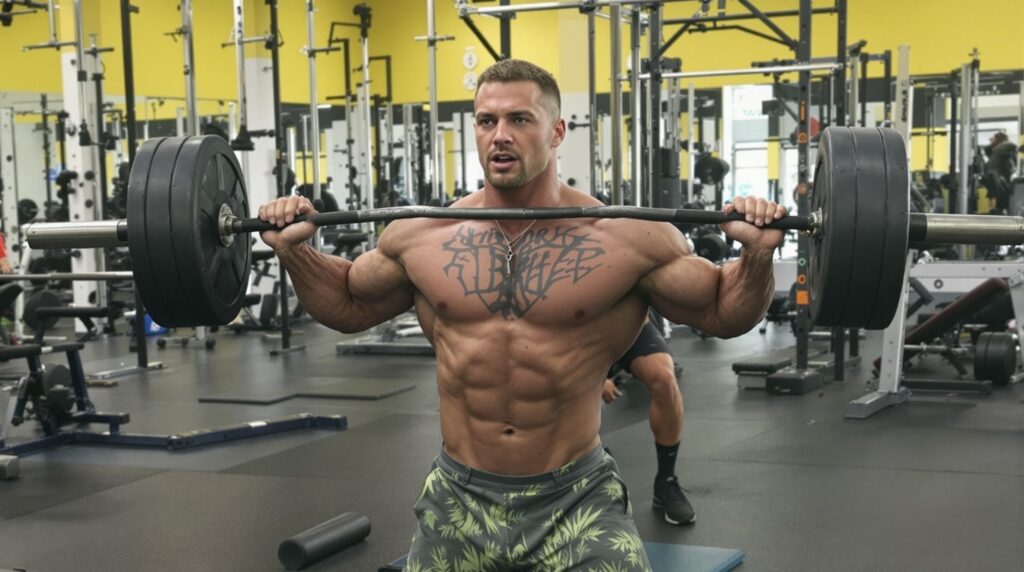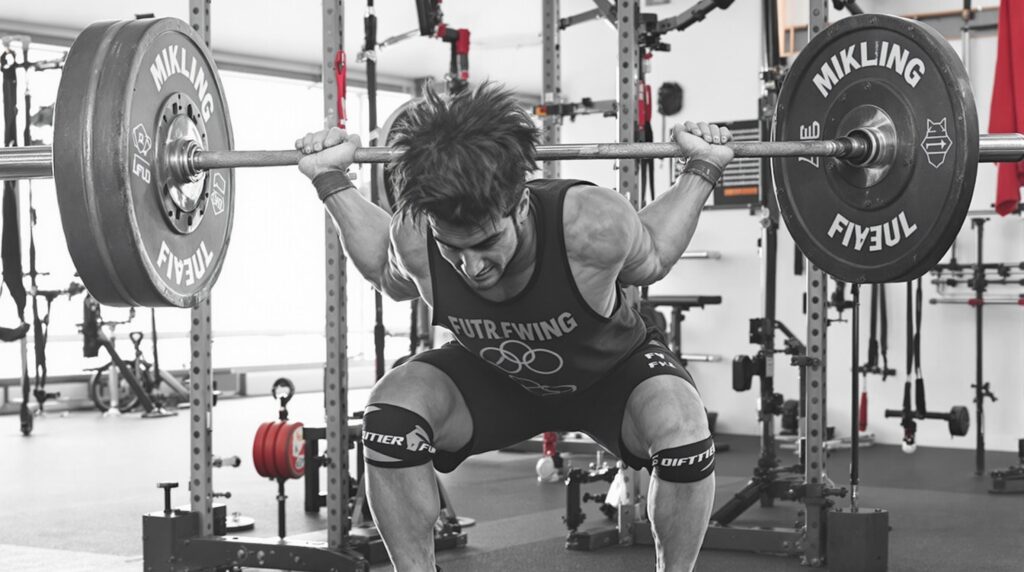The science of ultimate athleticism has transformed dramatically in 2025, with elite performance now requiring the strategic integration of cutting-edge training methods, personalized nutrition protocols, and advanced recovery techniques. Athletes today recognize that achieving peak physical condition demands a holistic approach that combines traditional strength fundamentals with data-driven analytics.
Key Takeaways
- Structured hypertrophy programs can yield 10-15 pounds of muscle annually when properly cycled
- Women should embrace heavy resistance training without fear, as estrogen naturally limits excessive muscle bulk
- Technology advancements like AI-powered programming and virtual reality have revolutionized training efficiency and performance outcomes
- Recovery optimization is crucial, with strategies such as cold-water immersion and weighted stretching reducing muscle soreness
- Periodization remains fundamental to athletic success, requiring strategic cycling between hypertrophy, strength, and peak phases
Building Your Foundation: Muscle Development Essentials
Developing a solid foundation of muscle mass remains critical for athletic performance across all disciplines. Compound movements like squats, deadlifts, and bench presses continue to form the backbone of effective training programs. These multi-joint exercises activate the largest muscle groups while improving functional strength that transfers directly to sport-specific movements.
Progressive overload principles should guide your training approach. Consistently increasing weights or repetitions by 2-5% weekly creates the necessary stimulus for muscle growth. This gradual progression allows your body to adapt without excessive strain or injury risk. I’ve found that tracking your lifts meticulously helps maintain this progression.
Protein intake deserves special attention when focusing on muscle development. Athletes should consume a minimum of 0.3 grams per pound of bodyweight daily, with up to 1 gram per pound during dedicated bulking phases. Complete protein sources containing all essential amino acids prove most effective, though plant-based athletes can achieve similar results through strategic food combinations.

For women, performing 6-8 exercises per training session provides optimal stimulus without excessive fatigue. Female athletes should begin workouts with large muscle groups to maximize energy expenditure and hormonal response. According to ACE Fitness, women can safely incorporate heavy lifting without concerns about developing bulky muscles, as physiological differences limit hypertrophic potential compared to men.
Here are the fundamental components of an effective muscle-building program:
- 4-week hypertrophy blocks focusing on moderate weights (70-80% of 1RM) with 8-12 repetitions
- Compound exercises forming 60-70% of your training volume
- Strategic deload weeks every 4-6 weeks to prevent overtraining
- Adequate recovery periods between training sessions (48-72 hours per muscle group)
- Consistent protein intake spaced throughout the day
Strength Training Revolution: Beyond Traditional Methods
The landscape of strength training has evolved dramatically in 2025, with hybrid workout methodologies gaining prominence. These innovative approaches combine traditional resistance training with elements of yoga, HIIT circuits, kettlebell work, and sled pushes to develop well-rounded athleticism. This multifaceted approach improves not only raw strength but also mobility, cardiovascular capacity, and injury resilience.
Technology integration has revolutionized strength programming. AI-powered platforms like Data Driven Strength and Volt Athletics now analyze athletic performance metrics to adjust workouts in real-time. These systems modify variables like volume, intensity, and exercise selection based on biometric feedback, ensuring optimal training stimulus without excessive fatigue.
Even endurance athletes have embraced strength training as a performance enhancer. Cyclists, runners, and swimmers now incorporate resistance work to improve power output and lactate threshold resilience. During championship phases, reducing loads to approximately 80% of maximum while maintaining mobility work helps preserve gains without compromising peak performance.
Despite these advancements, research from The Health Insider indicates that only 53% of Canadian adults meet muscle-strengthening guidelines. This statistic highlights the need for more accessible strength training approaches that fit busy modern lifestyles while delivering maximum results.
Nutrition and Supplementation Strategies for Athletic Excellence
Optimizing nutrition forms a cornerstone of athletic development in 2025. Creating an appropriate caloric surplus is essential for muscle growth, with precise macronutrient partitioning determining how effectively these calories translate to lean tissue. The ideal ratio varies by individual, but generally follows a pattern of 45-55% carbohydrates, 25-35% protein, and 15-25% fats for most athletes in building phases.
Research-backed supplements can enhance your natural progress. Creatine monohydrate stands out as particularly effective, with studies showing strength improvements of up to 15% with regular supplementation. Whey protein provides a convenient complete protein source, while omega-3 fatty acids support recovery through reduced inflammation.
For high-intensity athletes, beta-alanine and BCAAs offer additional benefits by buffering muscle acidity and delaying fatigue during intense training sessions. Plant-based athletes should pay special attention to protein combining—pairing rice and pea proteins, for example—to ensure adequate leucine intake for optimal muscle protein synthesis.
Post-workout nutrition timing remains crucial for maximizing training adaptations. A 2:1 carbohydrate-to-protein ratio consumed within 60 minutes after training helps accelerate glycogen replenishment and jumpstart recovery processes. During intensive training blocks, this window becomes even more important for maintaining performance across consecutive sessions.
Technology-Enhanced Training: Tools for the Modern Athlete
Technology has transformed athletic preparation, with GPS-enabled vests and sophisticated analytics platforms providing unprecedented insights into training metrics. Catapult’s video-integrated system offers real-time feedback on workload distribution, sprint efficiency, and potential injury risk factors, allowing for immediate program adjustments.
Virtual reality platforms have emerged as powerful training tools, simulating competitive environments for race strategy rehearsal and injury rehabilitation. Motorsport athletes using VR training have demonstrated improved reaction times by up to 20%, highlighting the potential of these immersive technologies for skill development.
AI-driven tools like Northern Strength analyze biomechanical patterns to identify and correct form imbalances before they lead to injury. These systems provide personalized technique adjustments based on individual movement patterns, optimizing both safety and performance outcomes. The best workout plans now integrate these technological elements for superior results.
Mindfulness applications have also found their place in athletic development, with platforms like Mindful Strength combining focused attention with resistance training to reduce stress and enhance concentration. This integration of mental and physical training represents a significant advancement in holistic athletic preparation.
Wearable technology has become increasingly sophisticated, monitoring recovery metrics like heart rate variability, sleep quality, and respiratory patterns. These insights allow for precise calibration of training intensity based on readiness scores, ensuring optimal adaptation without exceeding recovery capacity.
Women’s Athletic Performance: Gender-Specific Training Approaches
Women’s sports continue gaining momentum in 2025, with landmark events including the Women’s Cricket World Cup, UEFA Women’s Euros, and Women’s Rugby World Cup. This heightened visibility has accelerated research into female-specific training methodologies that account for physiological differences.
Modern training programs for female athletes now incorporate hormone-fluctuation-adjusted periodization, recognizing that strength, power, and recovery capacity vary throughout the menstrual cycle. This approach strategically aligns training intensity with physiological readiness, optimizing adaptations while reducing injury risk.
Bone density development deserves particular attention in women’s training regimens. Weight-bearing exercises and resistance training counteract osteoporosis risks, with compound movements like squats and deadlifts providing excellent skeletal loading stimulus. ACE Fitness emphasizes that women should train with challenging weights without fear of developing excessive muscle bulk.
Female-specific nutrition needs vary throughout menstrual cycle phases, with increased iron and carbohydrate requirements during certain periods. Tracking these fluctuations allows for strategic nutrient timing that supports both performance and recovery.
Research has demonstrated that women often respond exceptionally well to volume-based training, sometimes outperforming men in recovery between sets. This suggests that female athletes may benefit from higher repetition ranges and shorter rest periods in certain training phases.
Periodization Science: Programming for Peak Performance
Periodization remains fundamental to athletic development, preventing plateaus while structuring progressive overload. The most effective annual periodization model includes three key sequential phases that systematically build upon each other:
- Hypertrophy Phase (8-12 weeks): Emphasizes moderate weights (70-80% 1RM) with higher volume (8-12 reps per set) to build muscular foundation
- Strength Phase (6-8 weeks): Shifts to heavier loads (85-90% 1RM) with lower repetitions (4-6 per set) to maximize force production
- Peak Phase (4 weeks): Focuses on sport-specific movements at competition intensity to translate gains into performance
TrainingPeaks recommends incorporating strategic deloading periods throughout these phases to prevent overtraining and facilitate recovery. These deliberate recovery windows allow for supercompensation and adaptation to occur, preventing stagnation and injury.
Progressive overload must be balanced with adequate recovery time, particularly as training intensity increases. Advanced athletes often benefit from undulating periodization approaches that vary intensity and volume within weekly microcycles rather than maintaining linear progression.
Monitoring key performance indicators throughout each phase helps evaluate program effectiveness and guide necessary adjustments. These metrics might include:
- Strength-to-weight ratios in key lifts
- Power output measurements
- Body composition changes
- Sport-specific performance tests
- Recovery rate indicators
Recovery Optimization: The Missing Link in Athletic Development
Recovery has emerged as perhaps the most crucial yet often neglected component of athletic development. Advanced modalities like cold-water immersion and weighted stretching have demonstrated significant benefits for reducing muscle soreness and accelerating recovery between training sessions.
Sleep quality and duration directly impact muscle protein synthesis, hormonal balance, and cognitive function. Athletes should prioritize 7-9 hours of quality sleep nightly, with tracking technologies helping identify and address potential sleep disruptions that could impair recovery.
Nutrition timing plays a vital role in recovery optimization. Strategic intake of carbohydrates and proteins within specific post-exercise windows maximizes glycogen replenishment and protein synthesis. For particularly intense training phases, this nutrition timing becomes even more critical for maintaining performance.
Recovery technology has advanced significantly, with compression garments now



